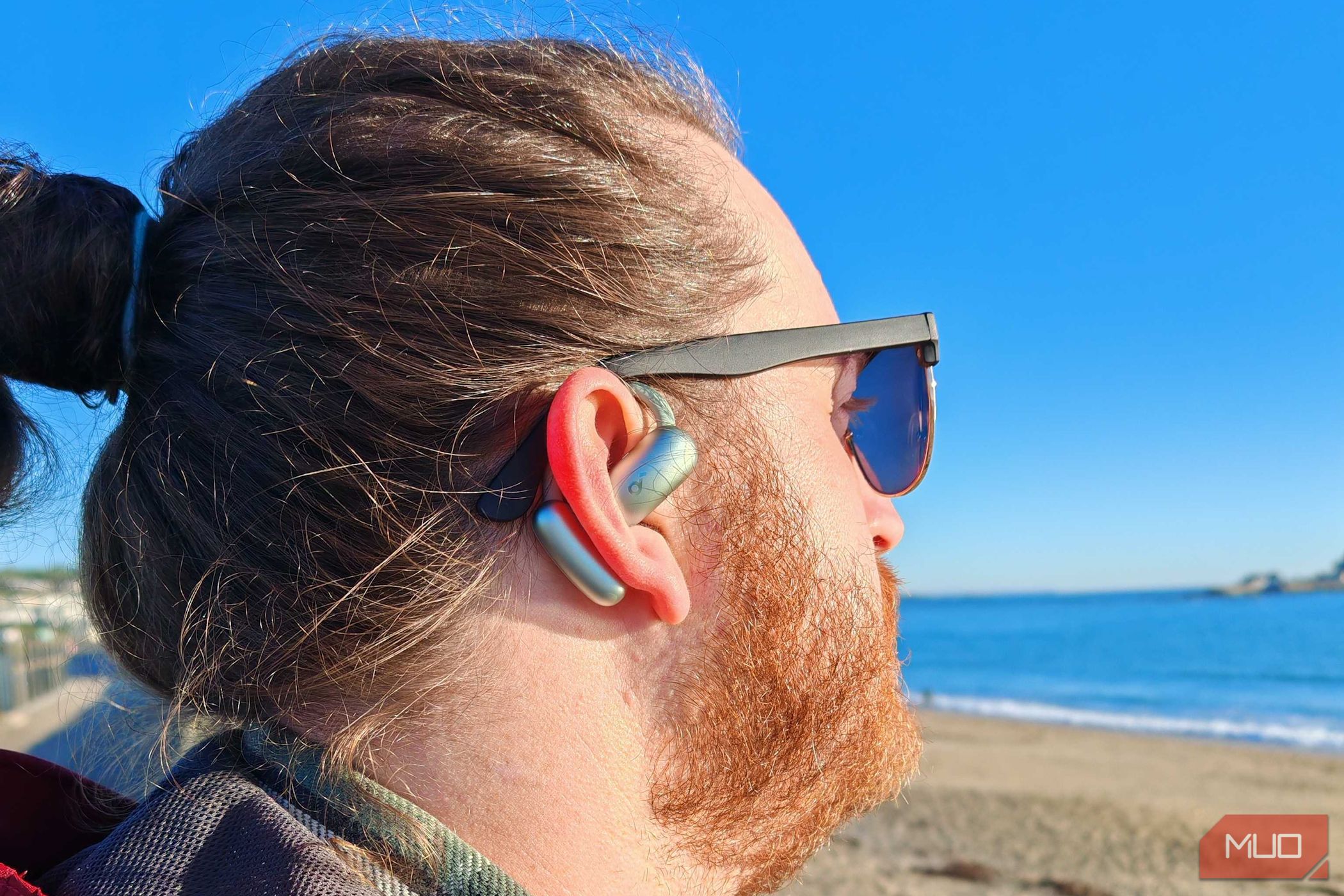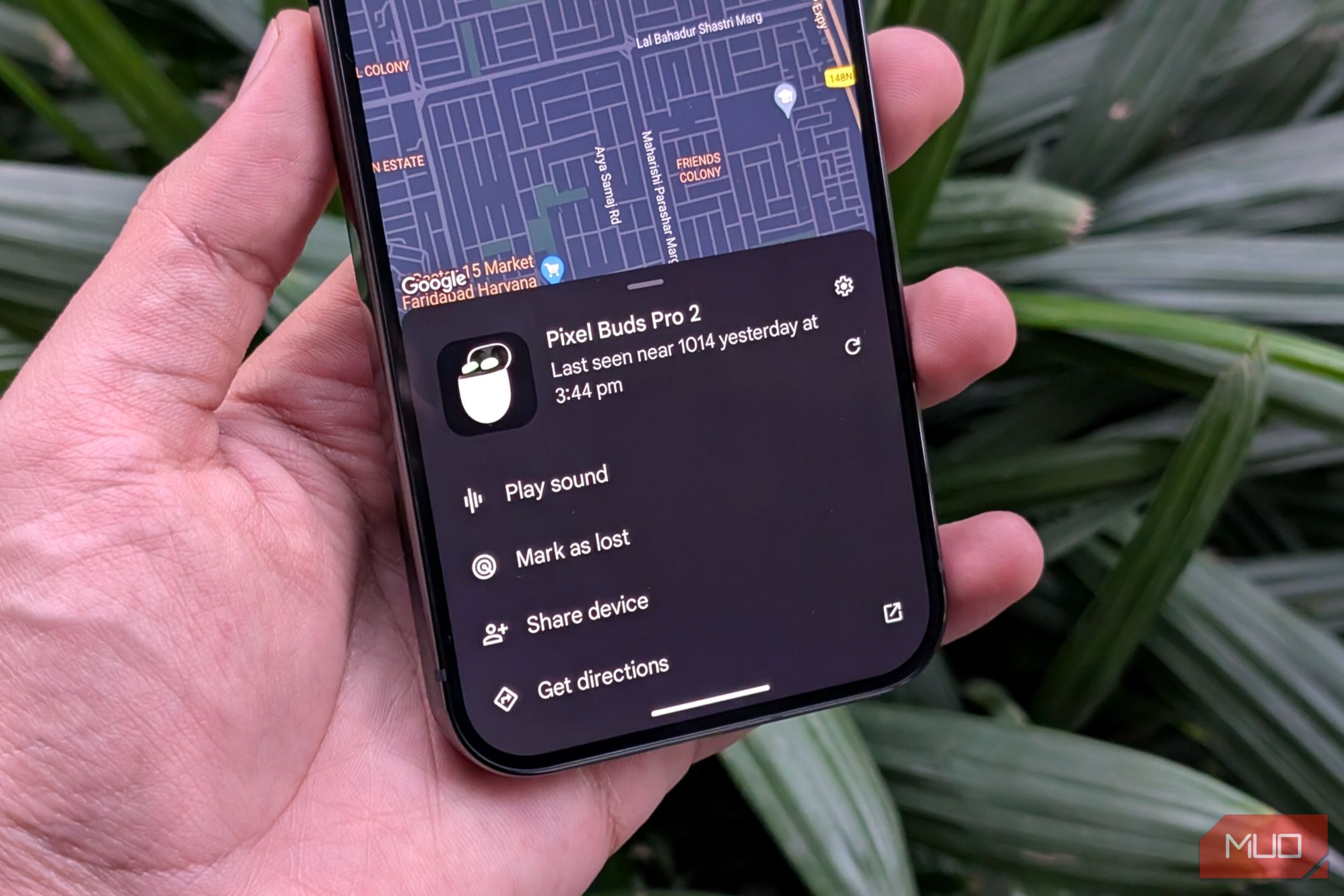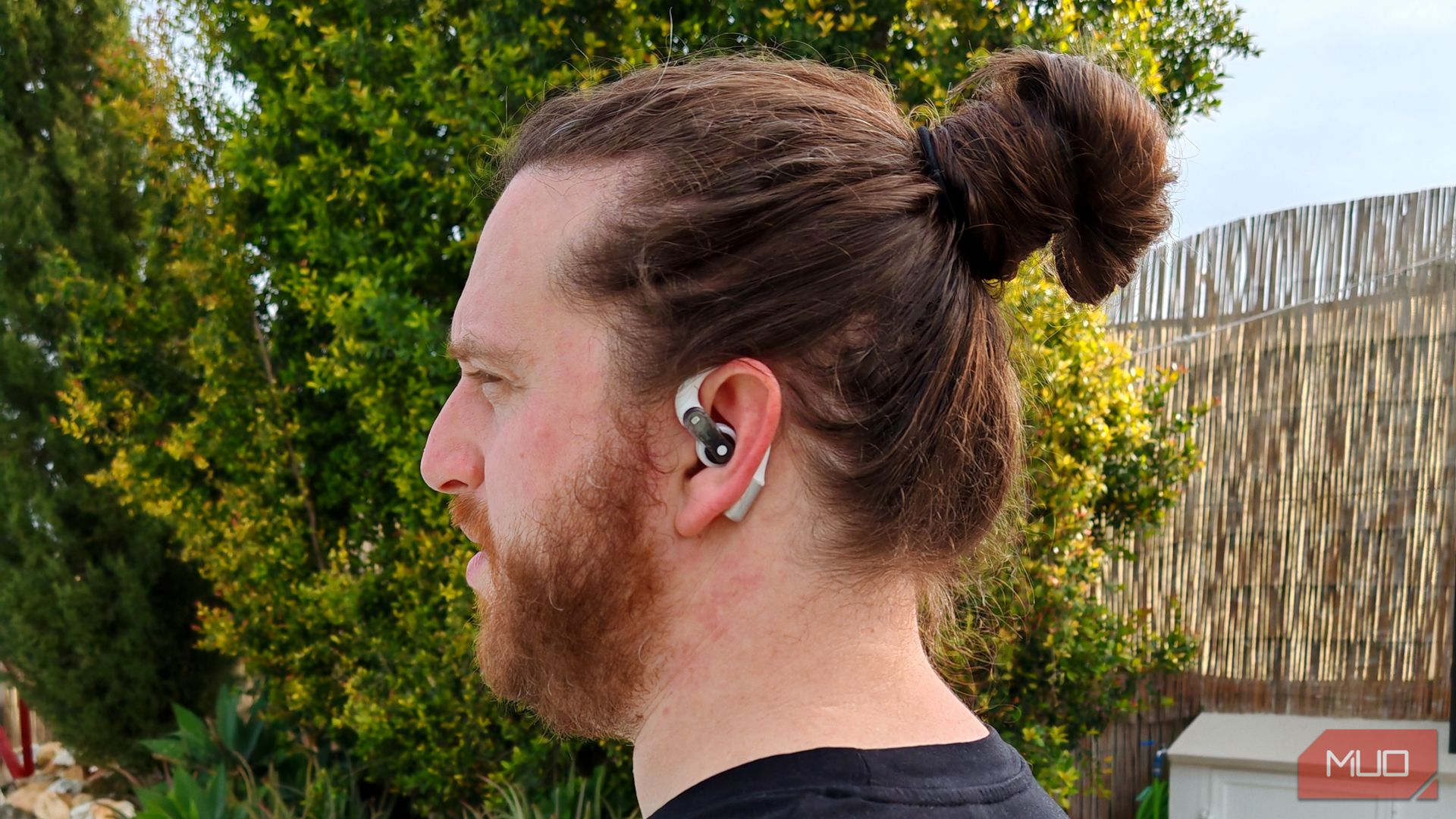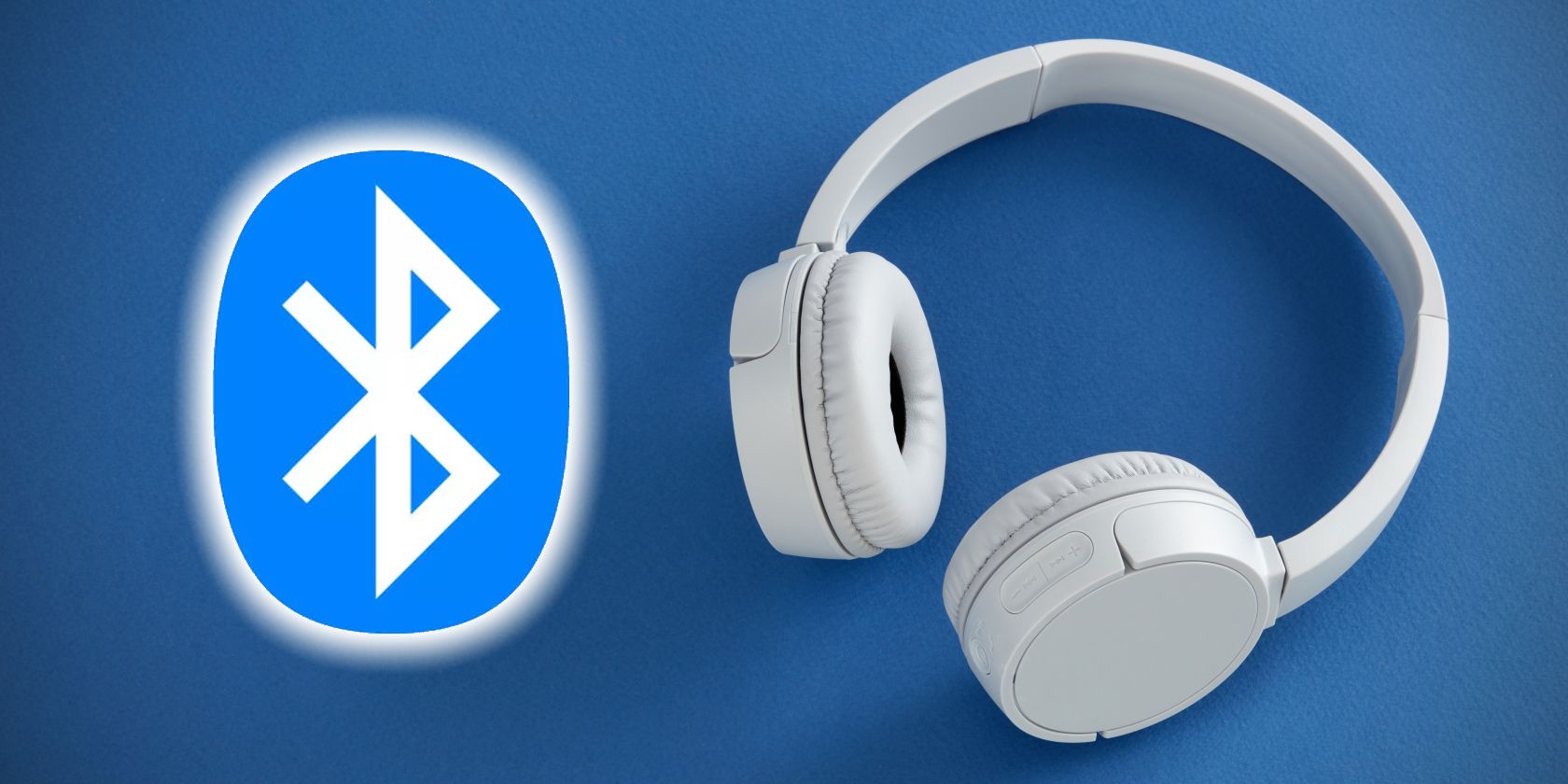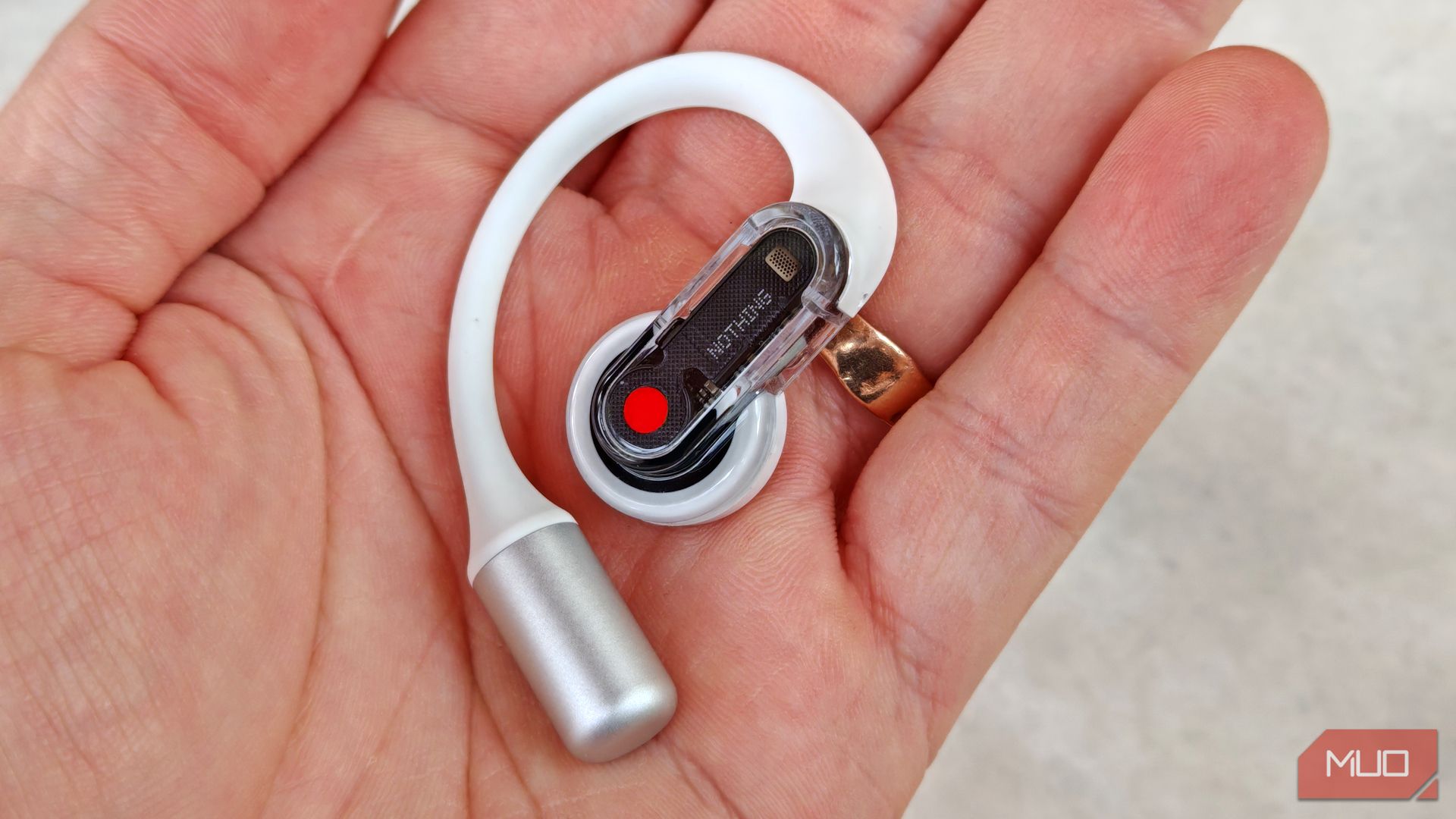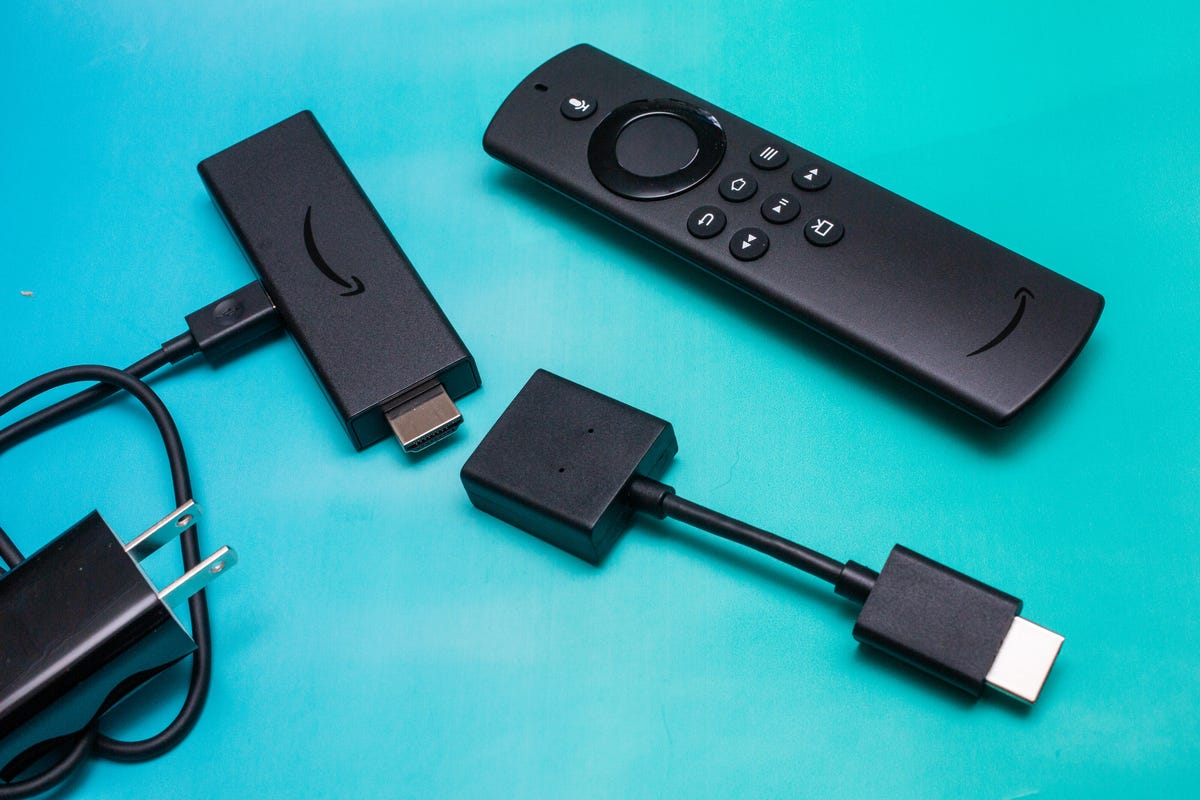What Makes Cheap Earbuds a Real Value? Here’s How I Find the Hidden Gems
A few months ago, Final Audio, a boutique Japanese brand, sent me its new, relatively low-priced ZE3000 SV noise-canceling earbuds to test. I was curious: Would this be a hidden gem among the dozens, even hundreds, of budget headphone options out there? Even as a full-time reviewer of these products, I can’t keep up with all of them.
So I did what I always do. I charged them up, then swapped out the default medium-size tips for the largest set of included ear tips and hoped I’d get a tight seal, which is crucial for getting optimal sound quality. If I can’t get a tight seal, I’ll swap in a pair of my go-to tips from other earbuds brands I’ve tested (Sennheiser and Bowers & Wilkins tips are a good match for my ears) and note that in my review. In this case, Final Audio’s largest tips worked well. No issue there.
I ran through some of the usual tracks I use for evaluating headphones, an eclectic mix that includes Spoon’s Knock Knock Knock, Athletes of God’s Don’t Wanna Be Normal, Orbital’s Dirty Rat, Bjork’s Hollow, Drake’s Passionfruit, Pixies’ Vault of Heaven, Florence and the Machine’s Choreomania, various Foo Fighters songs, plus some tracks from Car Seat Headrest’s The Scholars, CNET home audio editor Ty Pendlebury’s favorite new album (it is well recorded).
The ZE3000 SV lacked a few features, like sensors that pause your music when you take a bud out of your ears and resume playing when you put it back in. The noise-canceling and voice-calling performance weren’t top-tier. But the earbuds seemed well-tuned and pleasant-sounding, with a natural quality to the sound, with good depth and bass punch. They were also nicely designed. Overall, they seemed like a step up from many budget earbuds I’ve tested.
Then things took an unexpected turn. I noticed that an online earbuds sleuth had claimed that the ZE3000 SV weren’t unique and cost more than they should. Some Reddit users picked up on his post and were critical of Final Audio. But were the accusations really true? And had the company actually done anything wrong?
As I dug deeper into this little mystery, I got a revealing glimpse behind the curtain of how budget headphones are made and how any given brand can distinguish its low-cost models from those of rivals.
Below, I’m going to fill you in on how companies make their budget earbuds and on the trade-offs involved, from features to cost to who does the actual work. I’ll also give you an in-depth comparison of designs from budget earbuds mavens Earfun and Soundpeats and my detailed, hands-on impressions of the Final Audio ZE3000 SV and a lower-cost model that on the surface shares some distinct similarities.
A daunting array of choices
As consumers, we face dizzying choices when it comes to audio products. In-ear or over-ear. Wired or wireless. High-end or entry-level. Headphones or portable speakers. Often we end up with a small collection across some or all of those categories, some that we use every day, others that sit in a drawer for long stretches at a time. My colleague Katie Collins has written that everyone needs three different types of headphones, each one serving a different purpose.
But that can add up to a chunk of spending, so we’re also always on the lookout for a bargain. Decent quality without breaking the bank.
In premium territory, there’s Apple, the dominant player in the true-wireless earbuds market with its category-defining AirPods and Beats products. According to market researcher Canalys, in the first quarter of this year, it held a 23% share of that market worldwide, and in North America, its share is more than double that at “over 50%.” The AirPods Pro 2 and other higher-end noise-canceling earbuds from Bose, Sony and other big-name audio brands start at around $250 (list price) and go all the way up to $400 or more.
A lot of people can’t afford those prices, or maybe just don’t want to spend that much on a device that’s pretty easy to lose. I’ve lost or damaged only a handful of earbuds in over 10 years of testing them, but my kids sure are skilled at misplacing or destroying them.
While the number of true-wireless earbuds shipped each year continues to grow — 331 million devices in 2024, up 12% from the year before, according to Canalys — Apple’s share has been drifting downward, with some of the biggest growth coming from non-established audio brands, many of them based in China, that make “cost-effective” earbuds that come in at half the price of AirPods or less — sometimes much less.
I can check out only so many budget earbuds and headphones, so I tend to keep coming back to a handful of value brands that produce affordable products that punch above their weight, so to speak. These include Earfun, Anker (Soundcore), Soundpeats and Baseus. I’ve also dabbled in QCY, Acefast, Oladance, Tranya, Tozo and Tribit, which I think makes better Bluetooth speakers than earbuds and headphones.
This is just a small fraction of the no-name audio brands you’ll find on Amazon, some of them with nonsensical names like TSYUCXH, KZ ZSN and Rorsou. I’ve had a few folks suggest I try the $29 Beribes headphones, which have accrued 45,000 user reviews on Amazon and look eerily similar to the Tozo HT2, which I’ve tried and which aren’t bad for around $35.
There is no shortage of budget earbuds confronting consumers. This is just a small sampling.
Prices for budget headphones and earbuds have remained fairly steady, with only slight increases amid President Donald Trump’s shifting tariff threats. A couple of value headphone companies I spoke with said that if tariffs stay at their current levels, they didn’t anticipate prices rising significantly on their models, which suggests profit margins on budget buds may be a little better than I thought.
Once you spend a little time in this world — or too much time, in my case — you start to notice that a lot of the products look and sometimes sound pretty similar. There are AirPods clones with stems, and stemless “dot-style” buds like the Final Audio ZE3000 SV. You also encounter plenty of “sports” models with ear hooks that mimic the ear-hook design of the Beats Powerbeats Pro and newer Powerbeats Pro 2. Occasionally, you’ll see near-exact copies of popular earbuds like the AirPods, but for the most part, these so-called knockoffs simply — and sometimes rather blatantly — follow the design cues of popular models.
Earbuds design: Off the shelf versus from the ground up
Diving into budget earbuds waters can be a murky experience. While cheap earbuds continue to improve, not all are created equal, and I still run into a lot of low-cost buds that sound pretty poor. By that, I mean they lack clarity and definition, distort at mid to higher volumes, and have middling noise canceling and voice-calling performance.
That said, it’s becoming increasingly easy to find budget models that meet the criteria of being good enough and that offer a good fit along with decent sound quality and overall solid performance.
Some value products are developed from the ground up (from scratch) by a company’s own team of designers and engineers. But the reality is that the majority of earbuds on the market are based on off-the-shelf designs or “pre-developed product packages” crafted by Chinese factories.
That means many earbuds you’ll find on Amazon, while looking slightly different, are based on the same “package.” The challenge for me as a reviewer is trying to discern what’s different about all these similar models, especially when the changes from generation to generation are incremental at best.
What I find interesting is that now even major audio brands like Bose are doing their own versions of pre-developed product packages, licensing out their designs and technology to other brands to help recoup development costs.
Earlier this year, Skullcandy released its Method 360 ANC buds with Sound by Bose, which were developed in collaboration with Bose and lean on the technology and tuning that Bose developed for its own earbuds. I described them as “$100 Bose earbuds in disguise” because the buds themselves share a very similar design aesthetic to Bose’s QuietComfort Ultra Earbuds, though their charging case resembles the one Skullcandy uses for its $60 Dime Evo earbuds.
“Sound by Bose allows us to bring our audio technology to products in markets, categories or price points where we don’t currently offer solutions,” says Nick Smith, president of audio technology business and chief strategy officer at Bose.
We’ve also seen a proliferation of cheap earring-like clip-on buds. That happened after Bose popularized this design with its $300 Ultra Open Earbuds and factories in China went into overdrive to create cheap knockoffs. While clip-on earbuds first started appearing in Asia several months (or even longer) before the Ultra Open Earbuds were released, Bose not only vastly improved upon the design and performance of early clip-on models, but it also did a bang-up job marketing them as a “totally new kind of wearable device.”
Since the clip-on open earbuds don’t feature active noise canceling and their open design compromises sound quality, their performance bar is lower, making it easier for value brands to create compelling alternatives to the Bose buds for much less.
Once new clip-on models upgraded their drivers and added their own versions of Bose’s flexible hinge, enhancing their comfort level, the gap narrowed significantly between Bose’s premium clip-on model and those from far cheaper value brands. For example, Baseus’ new MC1 Pro cost around $65, and while they aren’t as good as the Bose, they’re not that far behind and cost way less.
“To offset acoustic limitations, emerging vendors are collaborating with audio labs to optimize sound quality, with some products nearing traditional TWS [true-wireless stereo] standards,” Cynthia Chen, research manager at Canalys (now part of Omdia), said in a statement.
She noted that open earbuds are the fastest-growing segment of the true-wireless earbuds market and are accelerating the shift from functional audio devices to value-driven, lifestyle-oriented products. Open buds are “where technology meets fashion,” she said.
Two popular budget earbuds with similar specs: What separates them?
Over the years, I’ve become well-versed in Anker’s Soundcore buds (of which there are many) and Earfun’s offerings, and awarded the EarFun Air Pro 4 an Editors’ Choice award in 2024 as a value standout. Most companies don’t want to delve too deeply into the details of their product development. When I asked Anker’s PR rep about how it developed its products, he came back with: “We respectfully decline to comment.”
Earfun, however, was more forthcoming. Despite its products looking like they might be based on pre-developed product packages, Helen Shaw, the company’s marketing manager, tells me they aren’t and that EarFun creates “ground-up” products based on its original designs with custom molds, circuit boards and various components.
“All EarFun products are independently developed, with its own R&D team, and the core R&D team has previously served the world’s first-line audio brands, such as Sony, JBL and Philips,” Shaw says.
“Self-developed mode” adds more time to the development process, and it typically takes a year or more to complete a product. As an example, she said that its next-gen Air Pro 4 Plus would be available in September or October, a little more than a year after the Air Pro 4 was released in August 2024.
“This is relatively rare among the current cost-effective headphone brands,” Shaw tells me. “Other brands basically find factories to directly OEM, change the logo and change the ID.”
(“OEM” is industry jargon for companies that do the actual manufacturing of products on behalf of the brands that put their names on the final products.)
By doing so, they can save manpower and capital investment and can quickly go to market (in six months instead of a year, for instance). But the disadvantage is that they don’t tightly control the production process. As a result, there can be quality control issues, with imperfections creeping into the products, which can lead to performance problems; sound quality can vary from earbud to earbud even though they’re the same model.
EarFun doesn’t release quite as many earbuds as Anker does each year, and its priciest true-wireless earbuds, the Air Pro 4, list for $80 and usually sell for closer to $60. In contrast, Anker’s new-for-2025 Liberty 5 buds list for $130 and typically get discounted to $110 or a little less.
The Liberty 5 are a tad sleeker and more premium-looking than the EarFun Air Pro 4 and have improved noise-canceling and voice-calling capabilities. But it’s debatable which is the better value and some people will tell you they like the older Liberty 4 Pro, which has dual drivers and sometimes is on sale for less than the Liberty 5.
As a reviewer, it gets even trickier when the specs of two models from competing brands look nearly identical.
Take for example the new-for-2025 Soundpeats Air5 Pro. They’re powered by the same Qualcomm chip found in the EarFun Air Pro 4, have the same size drivers and cost essentially the same. I was curious to hear why each company thought its product was better, given their similarities.
EarFun’s Shaw was quick to point out that the Soundpeats Air5 Pro lacked a few features that were in its Air Pro 4 buds. These included ear-detection sensors, wireless charging, Google Fast Pair and Auracast, which allows you to tune into audio broadcasts over Bluetooth, say from a TV at your gym. She also said that the EarFun team spent nearly half a year “customizing the ear caps” and included five pairs of ear tips to help ensure a tight seal and comfortable fit for a variety of ear sizes. (I certainly agree that ear tip design is a critical, sometimes overlooked element of earbuds design; I also value ear-detection sensors.)
“For the active noise canceling and sound-quality performance, both have the brand’s tuning style and different results,” she says. “It depends on the user’s preference.”
A Soundpeats representative defended the company’s Air5 Pro, citing its potential advantages:
“At first glance, the Soundpeats Air5 Pro and the EarFun Air Pro 4 appear very similar. Both are powered by the Qualcomm QCC3091 chip, offer high-resolution audio support, feature similar driver sizes and are available at comparable price points. However, the real-world experience can differ, and this is where Soundpeats demonstrates a clear advantage.”
She said that the Air5 Pro offered up to 55 decibels of “AI-powered” adaptive noise cancellation, compared with 50 decibels on the EarFun Air Pro 4. It also featured anti-wind noise technology, which helped maintain audio clarity in outdoor settings. Combined with the buds’ six-microphone setup and CVC 8.0 (Qualcomm’s Clear Voice Capture technology with background noise reduction), this added layer of noise control gave the Soundpeats “a slight edge in preserving both audio and call quality in noisy environments.”
She also noted that from a comfort standpoint, the Air5 Pro were lighter at 4.8 grams per earbud compared to 5.2 grams for the EarFun. Additionally, the Air5 Pro’s “ergonomic shape and integrated triangle vent help reduce in-ear pressure, allowing for longer, more comfortable use.”
Personally, I’d give the slight edge to the Earfun Air Pro 4 due to those extra features. However, from a performance standpoint, they’re both at a similar level, with small differences separating them. That makes them challenging to evaluate, especially when everybody has different ears and audio tastes.
Online drama and an earbuds origin story
Based in Kawasaki City, Japan, Final Audio is geared toward audiophiles and specializes in earphones and headphones that range from its flagship $4,000 D8000 planar magnetic open-back headphones to those aforementioned entry-level ZE3000 SV buds that are priced near the top of the “budget” range at $100.
I’m always on the lookout for under-the-radar products that might be a good value, and the ZE3000 SV seemed like they might be a good candidate based on my experience with earlier Final Audio products.
Judging from how they looked, I was under the impression that the ZE3000 SV buds were developed from the ground up.
Curious to see exactly what their specs were and whether there was any online buzz about them, I did a quick search and came across an eyebrow-raising post in the message boards at audiosciencereview.com entitled Reviewer Poorting finds that $100 ANC earbuds Final ZE3000 SV is almost the same product as $33 Roseselsa Ceramics X. Poorting had published a video on BiliBili tearing down both earbuds and comparing their components.
Truth be told, I’d never heard of the Roseselsa Ceramics X earbuds before I saw that post comparing them to Final Audio’s ZE3000 SV buds, though it appears the Ceramics X have a small cadre of fans. (Note that they currently cost $38 instead of $33.)
“The Ceramics X was released in March 2024 and the ZE3000 SV in December 2024,” wrote the message board poster, named Helias. “I guess Final found the same OEM who made the Ceramics X and asked it to produce the ZE3000 SV with minimal modifications. Final saved tons of R&D cost here, and is obviously having a greater profit margin than Roseselsa. However, in terms of performance, I’m afraid I don’t see proof that the Final offers much more than the Roseselsa.”
Hmmm, I thought. I guess the Final Audio earbuds weren’t developed from the ground up after all. But I also wasn’t convinced they were exactly the same product. I thought there might be more to the story, so I went to Amazon and bought the Ceramics X, then dashed off an email to the Final Audio PR rep. I told her that I liked the ZE3000 SV but came across a post online claiming they were the doppelganger for the much cheaper Roseselsa buds.
“Can you ask someone at Final about it?” I inquired.
She said the folks there weren’t aware of the post until I alerted them to it.
As it turns out, the post was correct. The ZE3000 SV, which have become hard to find online (perhaps because Final Audio has held back distribution after becoming aware of the little online drama surrounding them), were based on a pre-developed product package. However, the PR rep said that while the ZE3000 SV and the Roseselsa Ceramics X share a common base and appear visually similar, there are significant differences.
The Final Audio ZE3000 SV (left) and the Roseselsa Ceramics X.
“Roseselsa made only minimal changes, limited to tuning and finish,” she says, “whereas Final implemented more substantial modifications in areas critical to sound and performance.”
She explained that with the rapid growth of true-wireless earbuds and the huge surge in demand, many factories in China were offering earbuds packages that included the molds, circuit boards and various components. This setup benefited factories, as they could sell the same package to multiple brands and recoup development costs more easily.
Factories gave brands like Final Audio two options. They could use the package as is, slap their logo on it and essentially white-label it, or the brand could invest in customizing it by changing the mold, structure or internal components.
The ZE3000 SV, which wasn’t designed to be “as complex as Final’s ground-up flagship models,” fell into the custom option category. The company opted for “a reliable base package” it had already tested and then made several customizations in line with its sound and design philosophies.
For starters, Final altered the look of the buds with an angled top and added its own matte, pebbled finish. On the inside, it swapped in new drivers, redesigned the rear acoustic chamber and programmed the buds with its own proprietary noise-canceling algorithm.
It also included its own ear tips, which, as I’ve noted, are important for a secure, comfortable fit and tight seal. Finally, it developed a dedicated companion app for the buds.
What it didn’t change was the main circuit board, front acoustic chamber, system software and the exterior shell of the case.
Now that I had the Ceramics X, I was able to compare the two models myself. With that matte, pebbled finish and with Final slicing off the top of each bud to give them a little more interesting, angled look, the ZE3000 SV definitely looked a little more premium, though the Ceramics X design seemed just fine to me, particularly considering their low price.
I noticed some differences in sound quality and noise-canceling performance. The Final’s noise canceling was a tad superior — it did a slightly better job muffling the sound of an HVAC in my kitchen. And although the Ceramics X sounded impressive for its low price, the ZE3000 SV was slightly smoother sounding with slightly better treble performance, slightly more natural sounding mids and a tad more depth and openness. I found the ZE3000 SV’s tonal balance more pleasing overall, but the Ceramics X’s sound certainly impressed me for the price.
As far as their companion apps go, both are adequate, though not great. The Final Connect app offered a seven-band equalizer to tweak the sound, while the Roseselsa RoseLink app had three preset EQs to choose from: Pop, HiFi and Rock.
Both buds support the AAC, SBC and LDAC audio codecs for Bluetooth streaming (Android devices support LDAC). They also offer Bluetooth multipoint pairing, allowing you to pair the buds with two devices simultaneously. Both also have a low-latency mode for gaming and video watching.
In the end, to my eyes and ears anyway, the Final ZE3000 SV earbuds are a small step ahead of the Ceramics X. You can argue over whether Final Audio’s customizations are worth the extra $60 or so — many people would say probably not — but Final had improved upon the base package. It didn’t have to spend as much to develop the product from the ground up, but there were still extra costs involved.
Maybe prefab isn’t so bad
Five years ago, the gap between premium and budget true-wireless earbuds was fairly wide. Higher-end components, particularly when it comes to drivers, built-in amplifiers, DACs (digital-to-analog converters) and chipsets impact sound quality, overall performance and feature sets.
While Apple, Bose, Sony and other big audio brands continue to offer top earbuds that are well-designed and feature not only excellent sound quality but also superior noise canceling and voice-calling performance, you can find plenty of earbuds options between $40 and $100 that are surprisingly decent. The hard part is finding cheaper models that manage to rise above the rest of the budget pack and stand out as under-the-radar gems — whether it’s because they offer an overall strong combination of fit and performance, or whether they simply stand out for their sound quality.
Budget earbuds are often made in the same Chinese factories that manufacture earbuds from first-line audio brands, and some lower-end models from those known brands likely share some of the same off-the-shelf components found in no-name, value earbuds.
Since I test the majority of earbuds for only a few weeks at a time (though some of my favorite models I continue to wear more regularly), it’s always hard to tell how reliable and durable some of these cheaper earbuds are and whether they’ll truly hold up over time. Alas, with just about whatever earbuds you use, their battery life degrades over time, and eventually the buds have to be replaced (since you can’t swap in new batteries), sometimes sooner rather than later, especially if you wear them for several hours a day, as a lot of AirPods users do.
There’s a tendency to look down on products that haven’t been designed from the ground up, even in the land of earbuds where lookalikes are common, whether they’re self-developed or not. But my travels through this world have taught me that there’s more nuance and variation to product development than I thought.
In some ways, what Final Audio did with the ZE3000 is similar to what I did when I added a two-car garage to our house a few years ago. To save some money, I looked at some prefab designs at a place that sold prefab sheds and garages. I could take one of the standard models — there were four or five styles to choose from — or I could pay more to customize the design, adding dormers for the second floor and upgrading the windows and some of the construction materials.
I opted to customize it — it cost about 25% more — but it ended up looking significantly better while still costing much less than building a structure from scratch. It also went up remarkably quickly, as a small crew of Amish men from Lancaster, Pennsylvania, erected it in two days.
If you saw it, you might not even think it was based on a pre-developed product package.
Visual Designer | Zooey Liao
Art Director | Jeff Hazelwood
Creative Director | Viva Tung
Video | Numi Prasarn
Video Editor | JD Christison
Project Manager | Danielle Ramirez
Editor | Corinne Reichert
Director of Content | Jonathan Skillings


